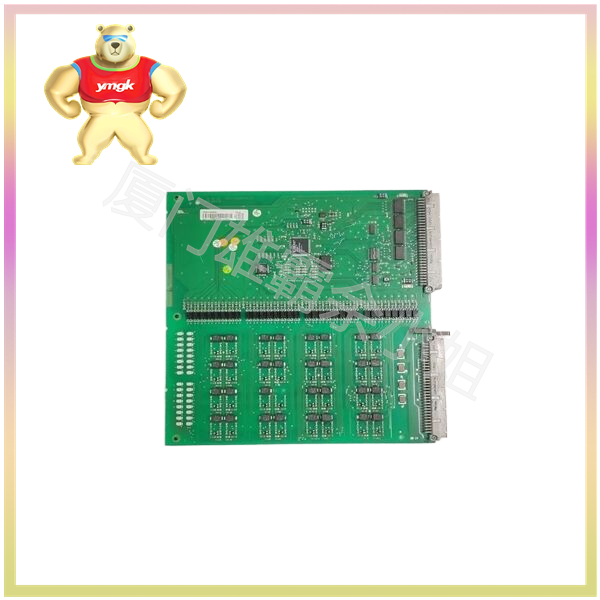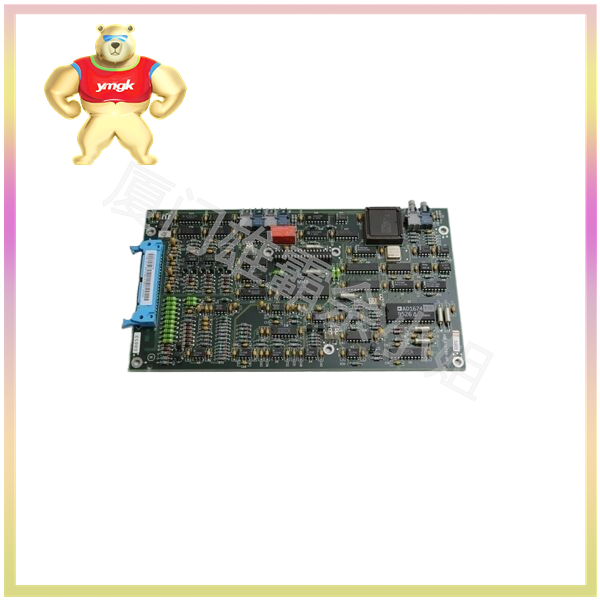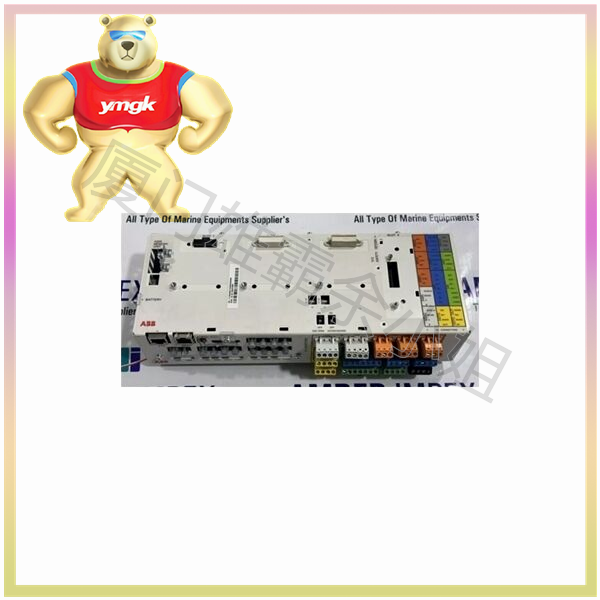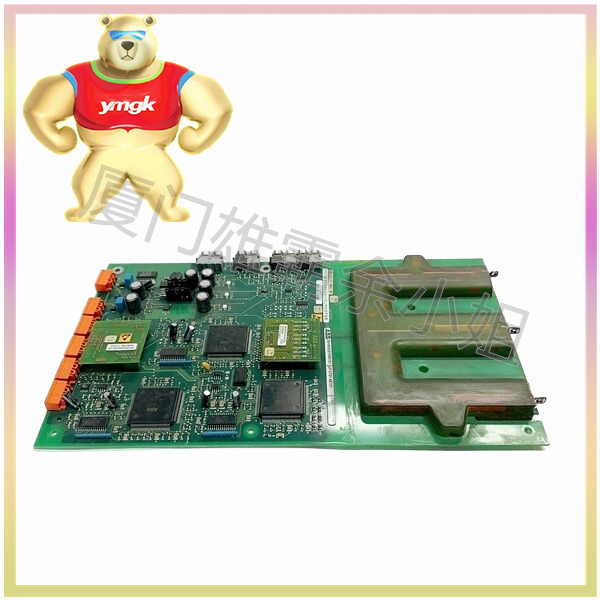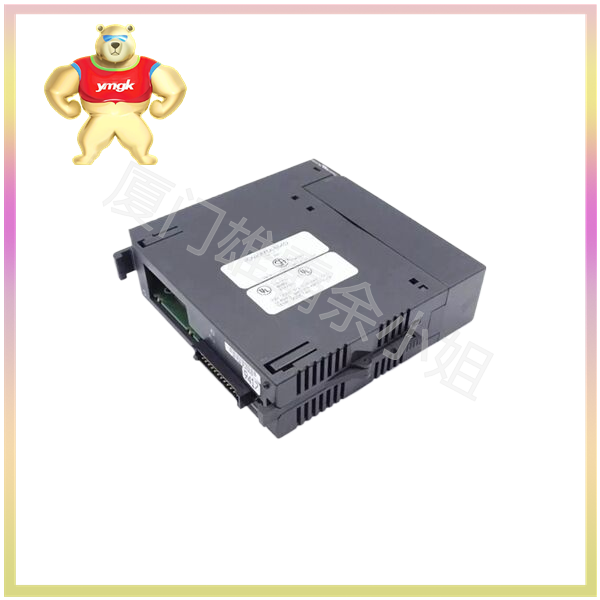Both motion controllers and PLCs have a history of over 40 years, with PLCs having a longer history in comparison. Galil’s motion controller started in 1983, Delta Tau’s motion controller started in 1981, and TRIO’s motion controller started in 1987. Modicon launched Modicon 084 in 1968, and Siemens released Simatic S5 in 1983.
Manufacturers represented by motion controllers pay more attention to motion control itself, and PLC has more application objects. Motion control is only one part that PLC focuses on. The motion control faced by PLCs is relatively simple, while the motion control faced by motion controllers is more complex.
From the perspective of motion control, the gap between motion controllers and motion oriented PLCs in basic motion control is narrowing, but the accumulation and application scenarios of motion controllers in motion control are still deeper.
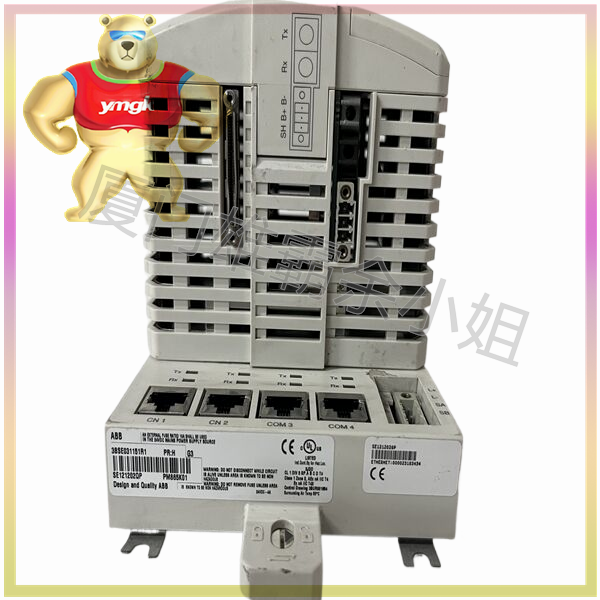
What are the advantages of motion controllers in the future?
Motion controllers that only support motion control functions can meet current requirements, while motion controllers that integrate machine vision are the future development trend.
With the increase in labor costs and the growing demand for product quality, the manufacturing industry is facing new disruptions, and machine vision, as an eye like role in the automation industry, has become an indispensable role. However, traditional PLC/CNC controllers cannot handle vision and require another IPC or smart camera to handle machine vision. This situation will cause several problems:
One is high cost and difficult maintenance;
Secondly, the communication between IPC and PLC is not real-time enough;
The third requirement is high programming ability for engineers (PLC programming, visual algorithms).


